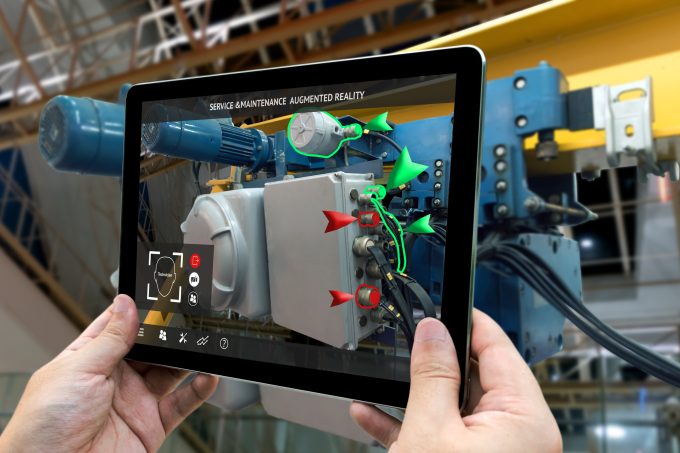Enhancing the world around us
Do you remember road maps? GPS transformed driving by providing the right information at the right time. Now imagine that navigation is not displayed on a screen, but directly on your windshield. You turn right: the arrow is located on the road to take. You now have the information in the right place. In a stressful situation, this can make all the difference. Optimizing the perception of information and its handling is a major challenge in any dynamic and complex situation.
This advantage is exactly the same in operational situations. By optimizing the perception of information within its context, we relieve the operator's cognitive load. Less misinterpretation, more reliability, more safety!






